Wildlife In Chernobyl Is Not Only Back, But Thriving. Automatic Cameras Are Revealing Their Secret Lives
May 1, 2015
Automatic cameras in the Ukrainian side of the Chernobyl Exclusion Zone have provided an insight into the previously unseen secret lives of wildlife that have made the contaminated landscape their home.
In the first four months since the cameras were deployed, the team has "trapped" more than 10,000 images of animals, suggesting the 30km zone, established shortly after the April 1986 disaster when a nuclear reactor exploded, ejecting radioactive material across the surrounding terrain and high into the atmosphere, is now home to a rich diversity of wildlife.
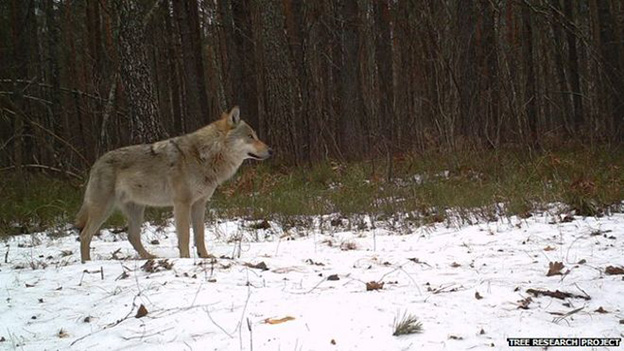
Credit: Tree Research Project
Packs of grey wolves have been recorded across the zone, and seem to have adapted well to life with minimal human interference.
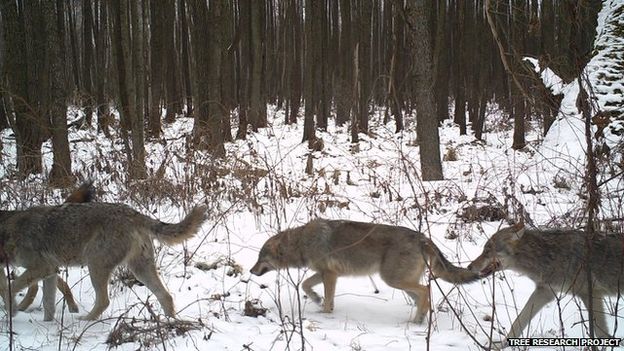
Credit: Tree Research Project
Przeswalski's horses have adapted quite well to life within the zone, moving around in large groups.
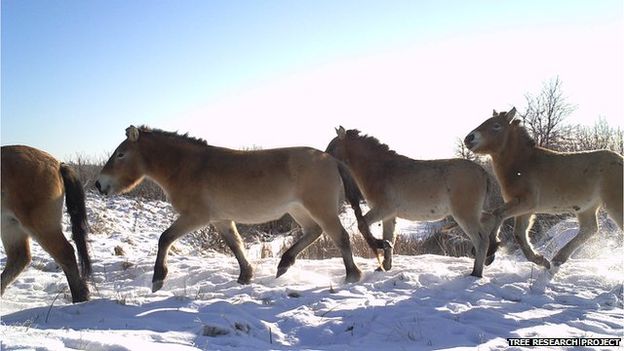
Credit: Tree Research Project
Red foxes are another species that seem to be capitalizing on the lack of human disturbance.
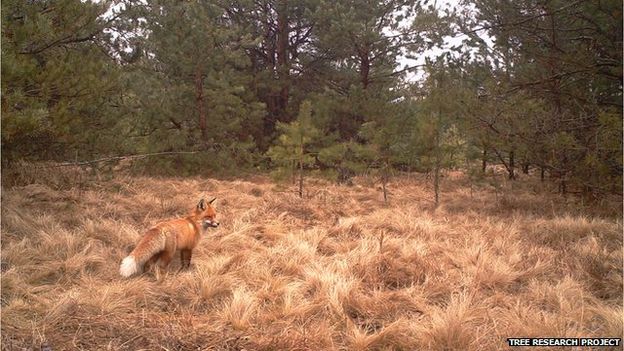
Credit: Tree Research Project
The surrounding habitat provides a perfect backdrop for this deer to blend into the background.
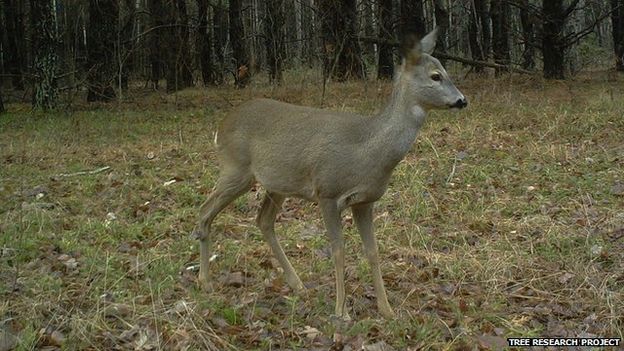
Credit: Tree Research Project
... as it does for this lynx.
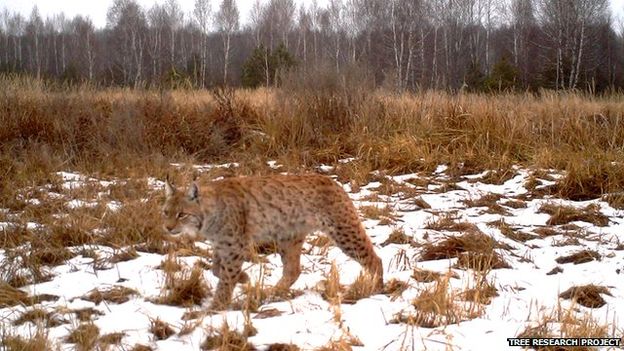
Credit: Tree Research Project
The arrival of warmer weather saw an increase in the number of badgers being photographed by the remote camera traps.
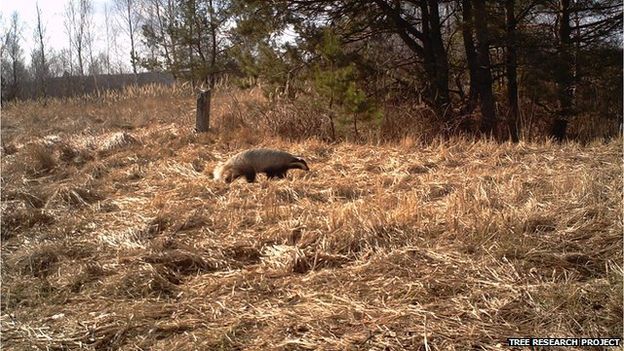
Credit: Tree Research Project
Wild boar are widespread, moving in large groups and causing considerable physical disruption to the top-soils as they forage for food.
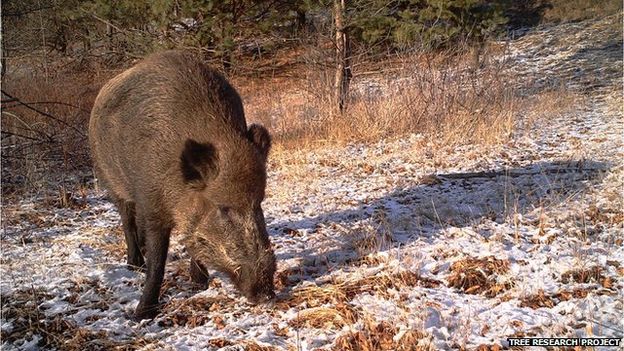
Credit: Tree Research Project
Until these images were captured, there was no known photographic proof that brown bears had returned to the area.
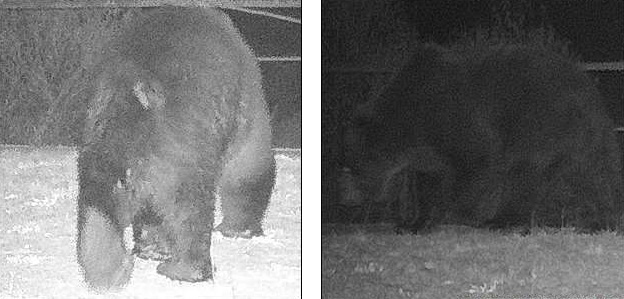
Credit: Tree Research Project
The camera traps will continue to capture images until October 2015.
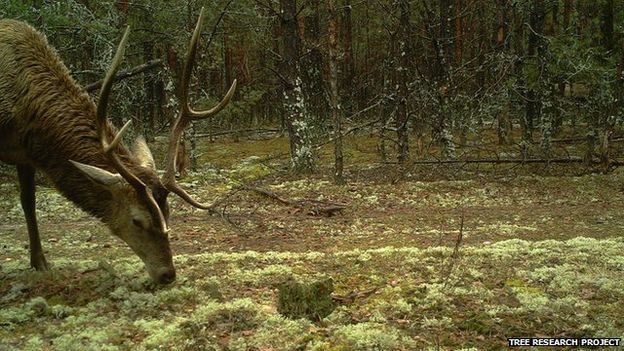
Credit: Tree Research Project
Credit: BBC.
Click Here For The Most Popular On Sunny Skyz
 Boy With Down Syndrome Nails The Whitney Houston Challenge, And The Crowd Goes Wild
Boy With Down Syndrome Nails The Whitney Houston Challenge, And The Crowd Goes Wild
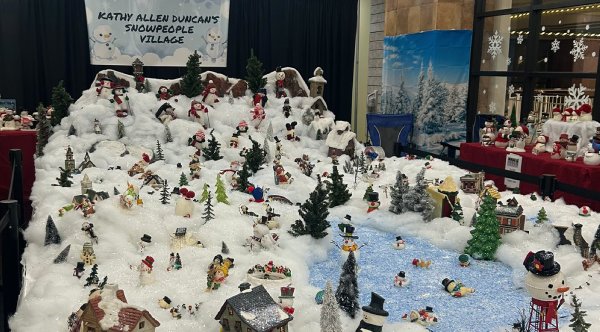 Husband Rents Mall Store To Share His Late Wife's Beloved Christmas Display
Husband Rents Mall Store To Share His Late Wife's Beloved Christmas Display
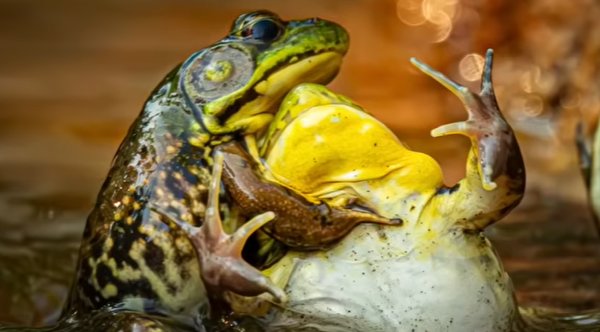 The Funniest Wildlife Photos Of 2025 Are Here ŌĆö And TheyŌĆÖre Hilarious
The Funniest Wildlife Photos Of 2025 Are Here ŌĆö And TheyŌĆÖre Hilarious
 This Priest Secretly Became A Masked Wrestler To Fund An Orphanage
This Priest Secretly Became A Masked Wrestler To Fund An Orphanage
 This 30-Year-OldŌĆÖs Christmas Gift To His Mom Is Going Viral
This 30-Year-OldŌĆÖs Christmas Gift To His Mom Is Going Viral
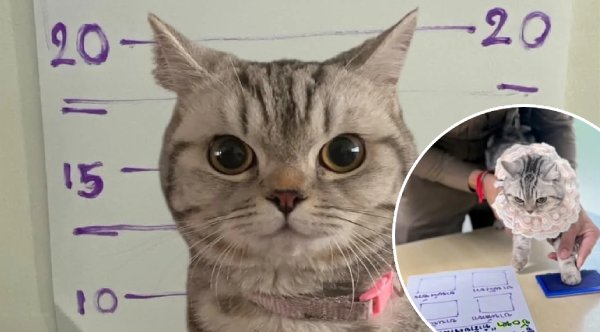 Police 'Arrest' A Lost Cat For 'Assault' ŌĆö And She Has No Regrets
Police 'Arrest' A Lost Cat For 'Assault' ŌĆö And She Has No Regrets
 Dad Jokes With Tom Hardy And His Dad
Dad Jokes With Tom Hardy And His Dad
 After 2 Years Apart, Siblings In Foster Care Are Finally Reunited
After 2 Years Apart, Siblings In Foster Care Are Finally Reunited
 The Hug That Went Viral On Facebook
The Hug That Went Viral On Facebook
 He Asked For Help Wrapping A Christmas Present ŌĆö Then Surprised Her With A Life-Changing Gift
He Asked For Help Wrapping A Christmas Present ŌĆö Then Surprised Her With A Life-Changing Gift
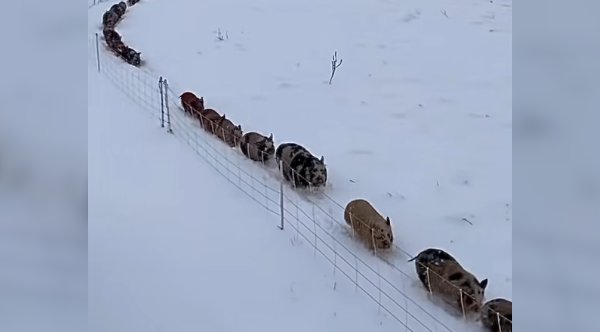 You Have To See This 'Piggy Train' Trotting Through The Snow
You Have To See This 'Piggy Train' Trotting Through The Snow
